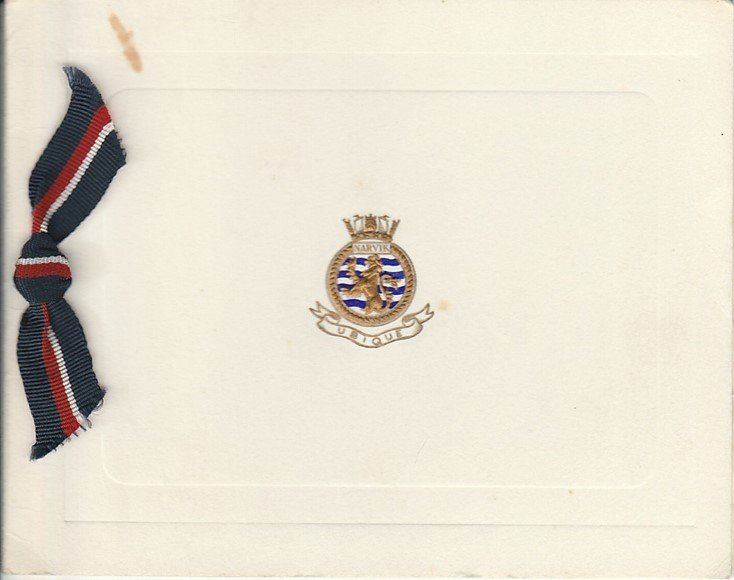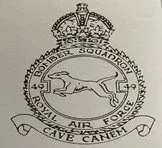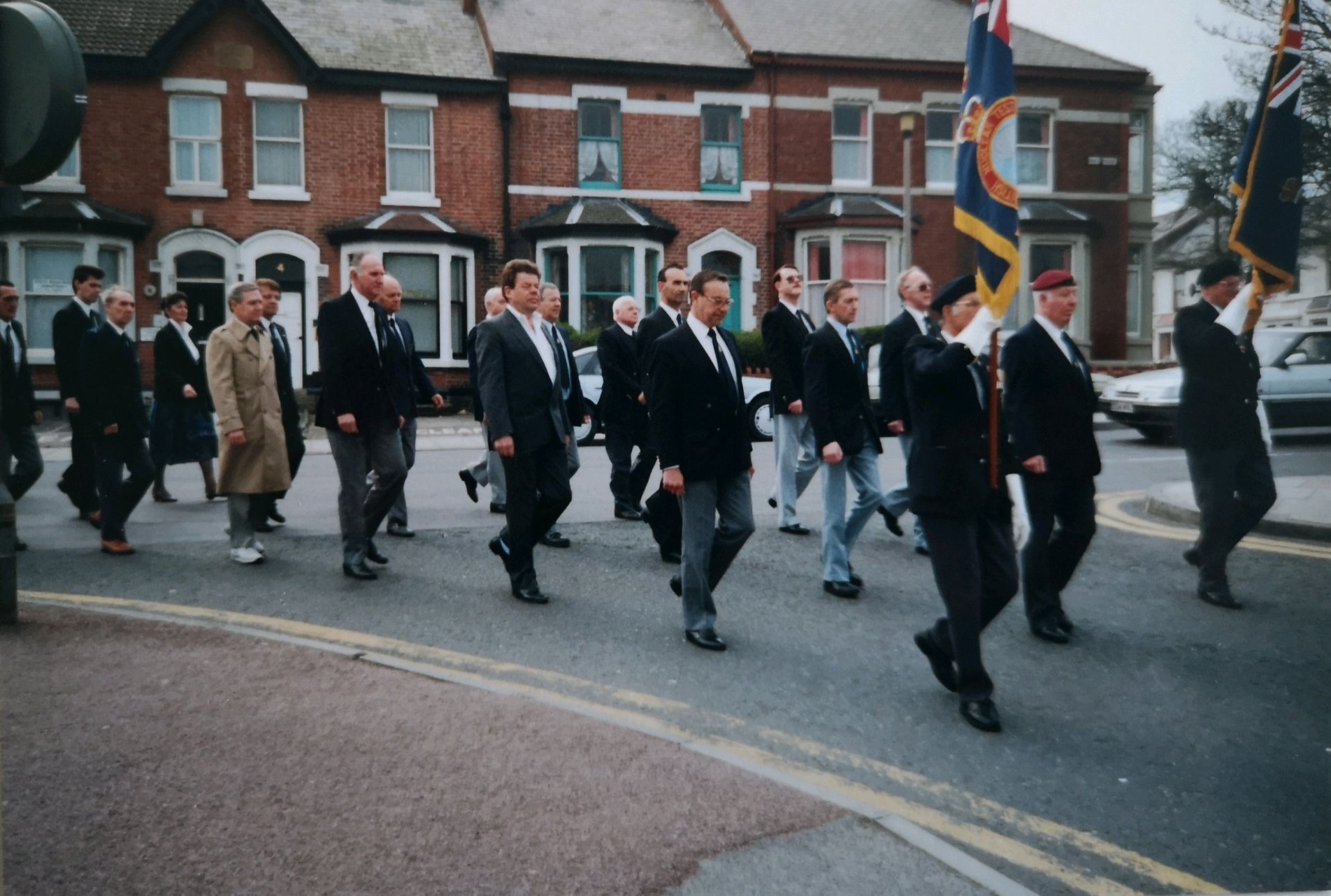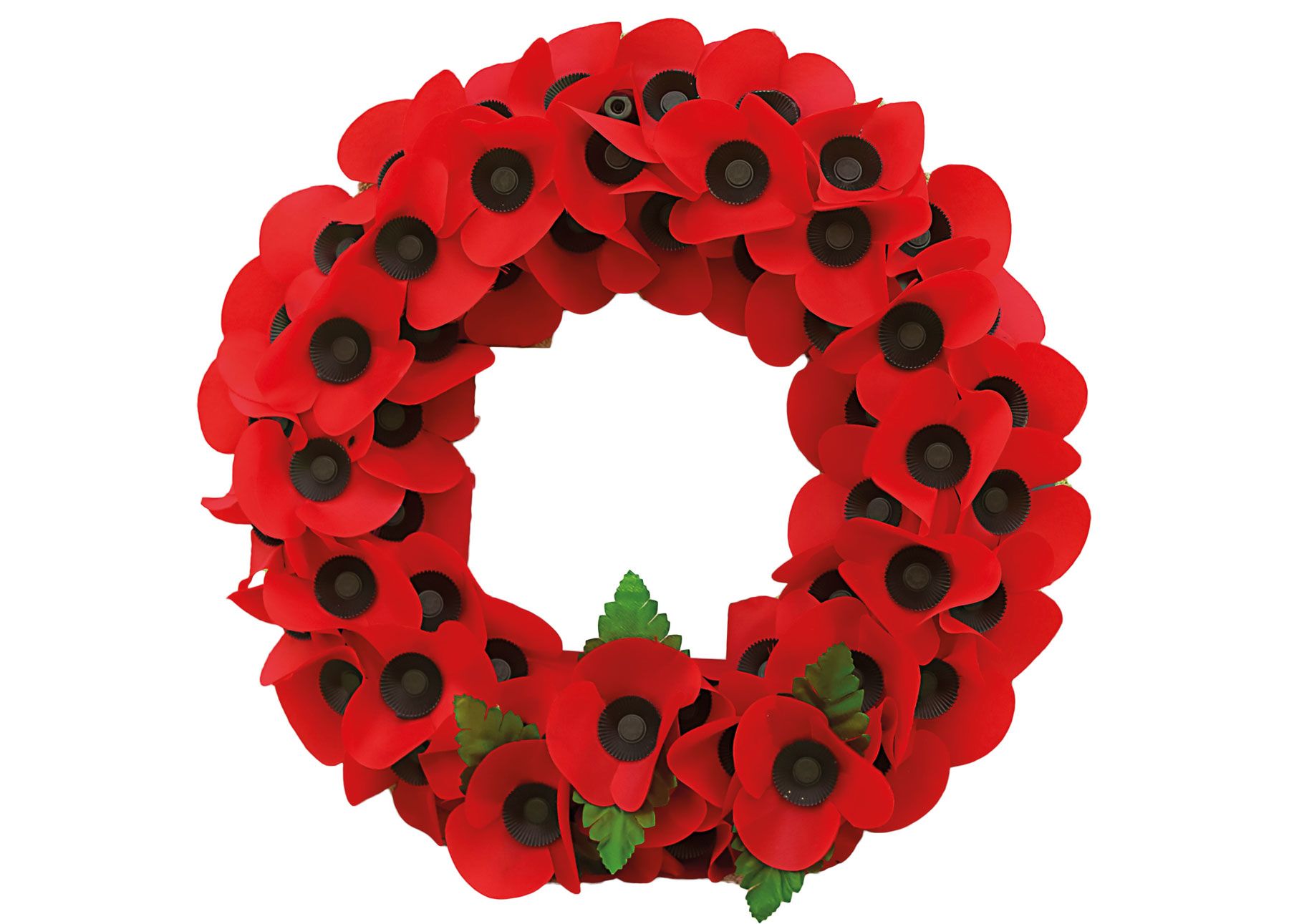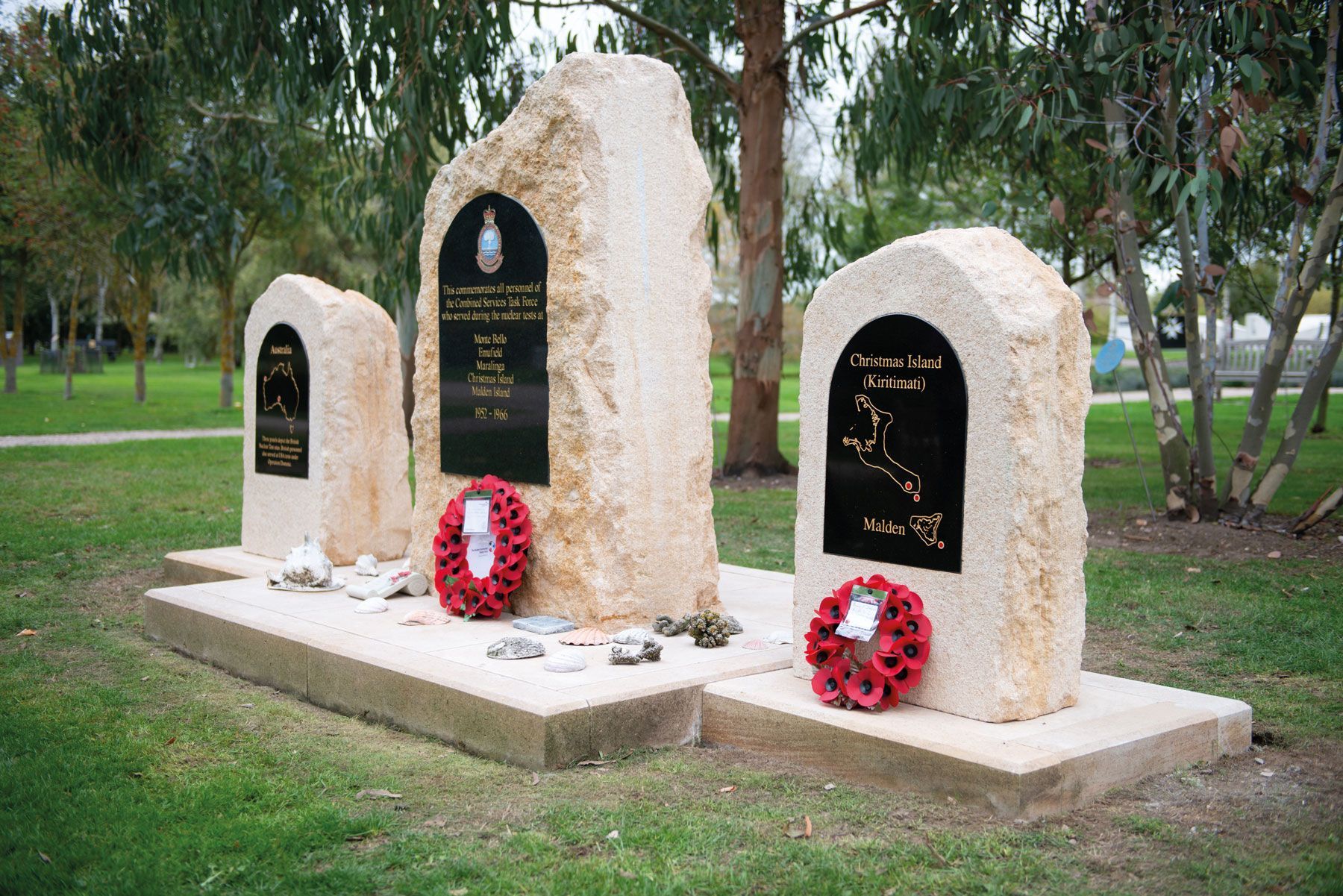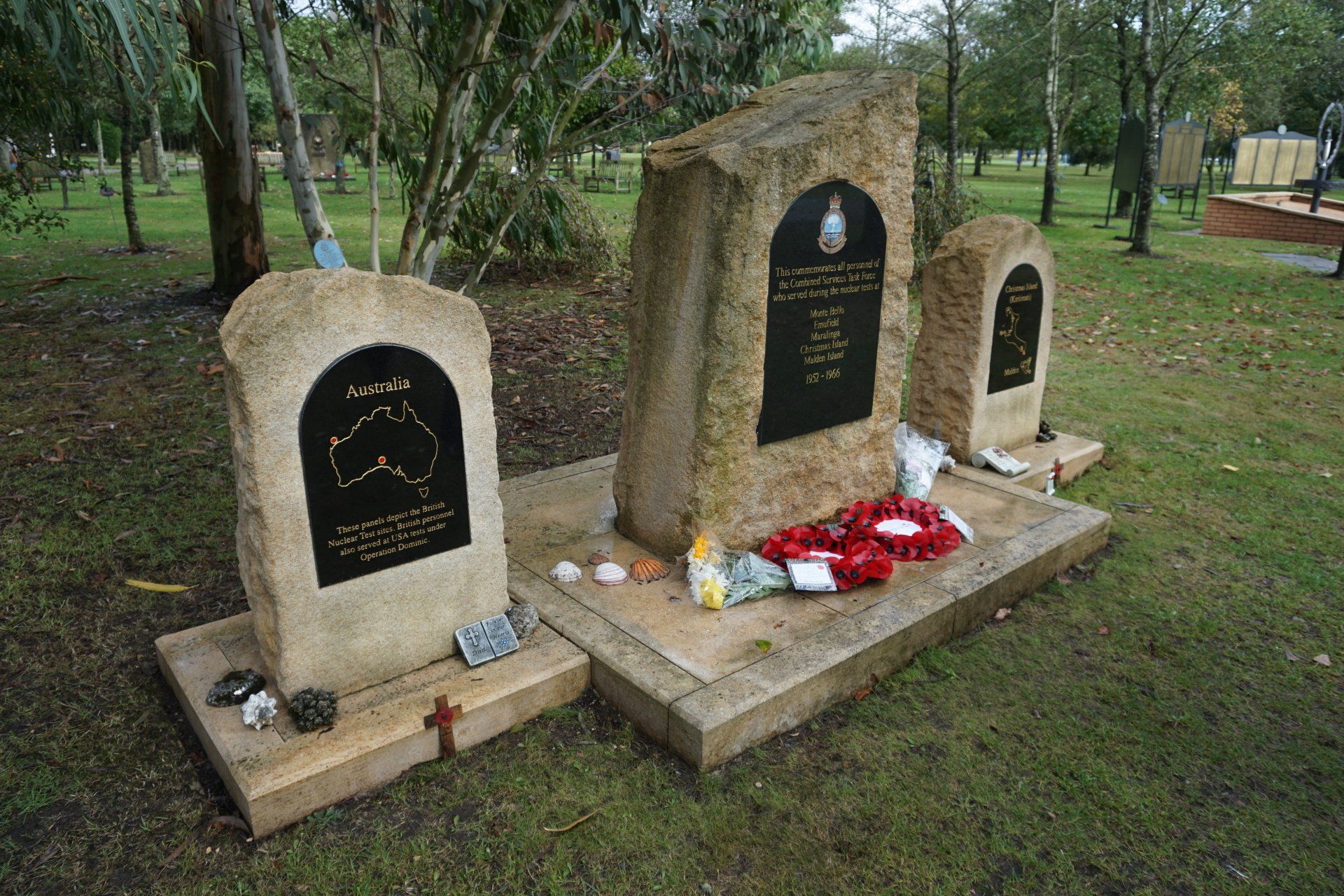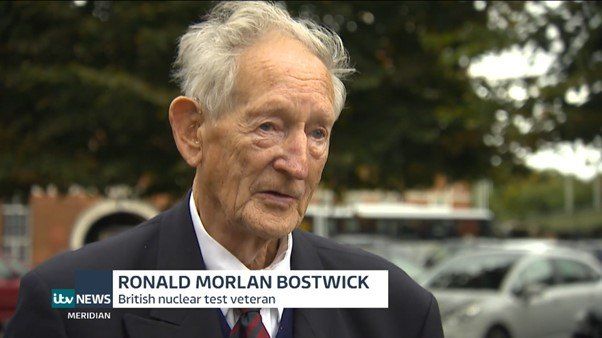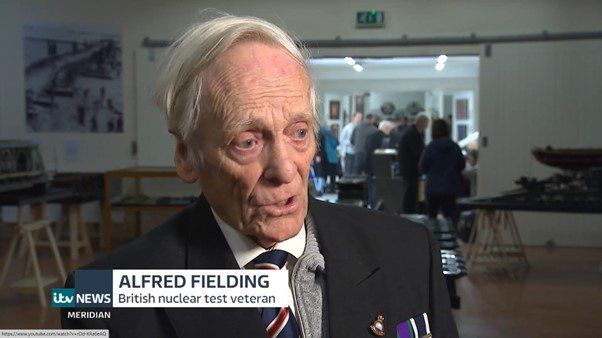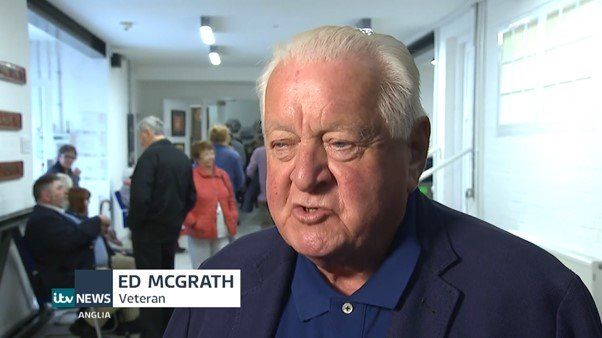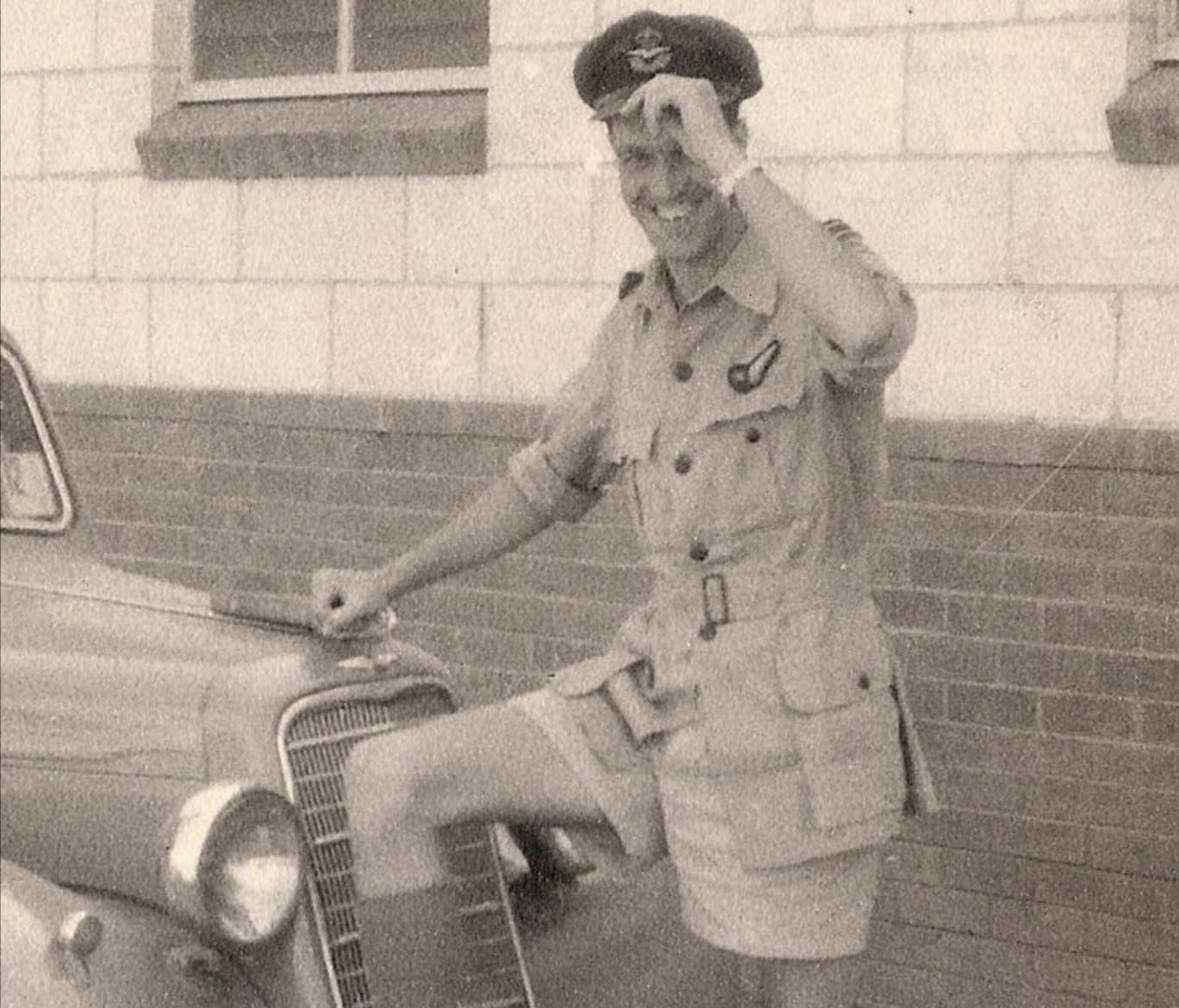
Operation Grapple – Testing Britain’s first H-bomb Gp Capt Kenneth Hubbard and Michael Simmons
64 years ago today, Group Captain Hubbard flew the RAF Vickers Valiant that dropped a 1 megaton bomb 8,000 ft above Malden Island. The bomb was called 'Short Granite' and Michelle Harding has reviewed Hubbard's book recounting his experience of Operation Grapple.
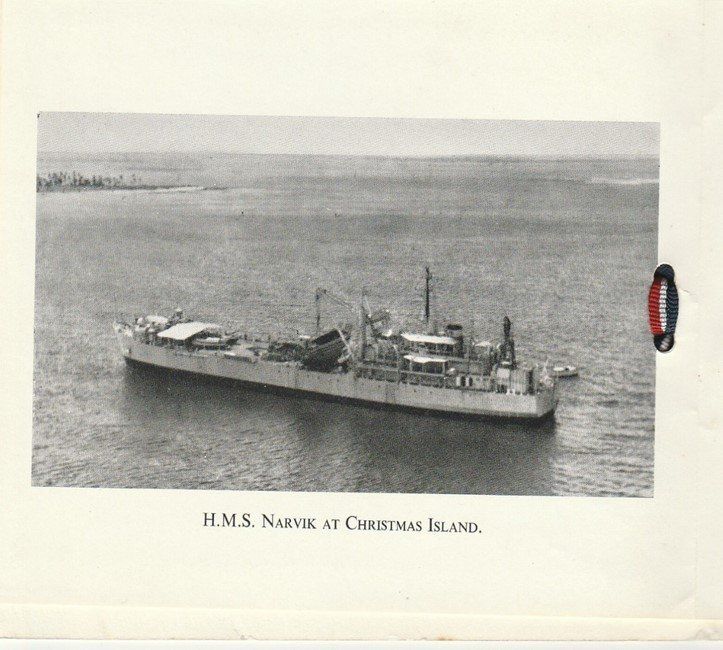
There are two versions of this book, one published in 1985, which was subsequently reprinted in 2008. Any quotes I have used are taken from the first edition.
I started to read the book shortly after my father’s death in 2018. He served on HMS Narvik at the Grapple series of tests. I recommend it as an educational read.
Kenneth Hubbard was born in Norwich in 1920 and his application to join the RAF was turned down twice before being accepted in 1940. He was commissioned as a pilot in May 1941 and awarded the Distinguished Flying Cross for low level attacks in Germany, Austria, Italy and Yugoslavia. In 1955 he joined the V bomber force and took command of 49 Squadron at RAF Wittering in 1956.
Despite the early setbacks of his RAF applications, he had an illustrious career rising to the rank of Gp Captain in seventeen years and was awarded an OBE in 1953.
On 15 May 1957 he and his crew carried out their official task of the first live drop of a British megaton yield weapon, for which they were awarded the Air Force Cross.
President of the Megaton Club, which was formed of members of 49 Squadron who participated in Grapple, he reportedly never missed a reunion.
I suspect Ken Hubbard would accept that he was not a writer but he was definitely an author and I hope I am not doing him a disservice here. The book is written from the perspective of an RAF officer who describes it as “a tribute to all members of No 49 Squadron who served under my command” (page 6).
A nice description of the Vickers Valiant, introduced in January 1955 and withdrawn from service in 1965 following the discovery of fatigue cracks in its wing spars, includes external plans of the plane and of the cockpit together with a plan of the cockpit and a photo, also a plan of the equipment in a ‘Grapple’ type Valiant cabin. Modifications were made specifically for the tests and included adaptations in navigational and bombing equipment, scientific instrumentation,
bomb bay cameras and metal anti-flash screens over the windows although Hubbard describes the two planes as basically the same.
On 11 October 1956 Valiant WZ366 from 49 Squadron was the first aircraft to drop an atomic bomb during Operation Buffalo at Maralinga captained by Sqn Leader T Flavell.
The book contains a plan of Christmas Island and of the Grapple X, Y and Z bombing circuit (page 119) also a diagram of the escape manoeuvre after release of the thermonuclear weapon (page 78).
Photographs include RFA Fort Beauharnois, HMS Warrior and HMS Narvik and although written almost as an autobiography from an RAF perspective, the book also contains a brief description of the role of Navy, Army and Scientific task forces.
Particularly interesting is the inclusion of excerpts of the ‘Grapple’ type Valiant technical manual, also the route; RAF Wittering to Aldergrove (Northern Ireland) for a top up of fuel prior to crossing the Atlantic as the plane was not at that time fitted with the large fuel tanks, followed by Goose Bay (Newfoundland) to Namao then to Travis Airforce Base (California) onwards to Honolulu and finally to Christmas Island.
As I stated previously Hubbard is an author rather than a writer but at times descriptions such as the following do permeate the book and, in my view, are appreciated:
“As we approached the Newfoundland Coast, the panoramic view of lakes and huge forests covered in a mountain of snow really defied all description; it was a most beautiful picture” (page 63).
He also describes “a pleasant evening” (page 67).
The book also describes the use of Orford Ness bombing range with the “intense training” of the squadron.
Personal memories I have read suggest Group Captain Hubbard was by all accounts a humble man but that he would probably be pleased that his medals, logbooks and other items were acquired by RAF Museum Cosford after his death in 2004 where Valiant XD818 is now kept.
The book ends with the comparison that a one megaton H-bomb is seventy times more powerful than the atomic bomb dropped on Hiroshima and the assertion that “Today Britain’s nuclear deterrent helps to maintain world peace”.
The right of Michelle Harding to be identified as the author of this article has been asserted by her in accordance with the Copyrights, Designs and Patents Act 1988
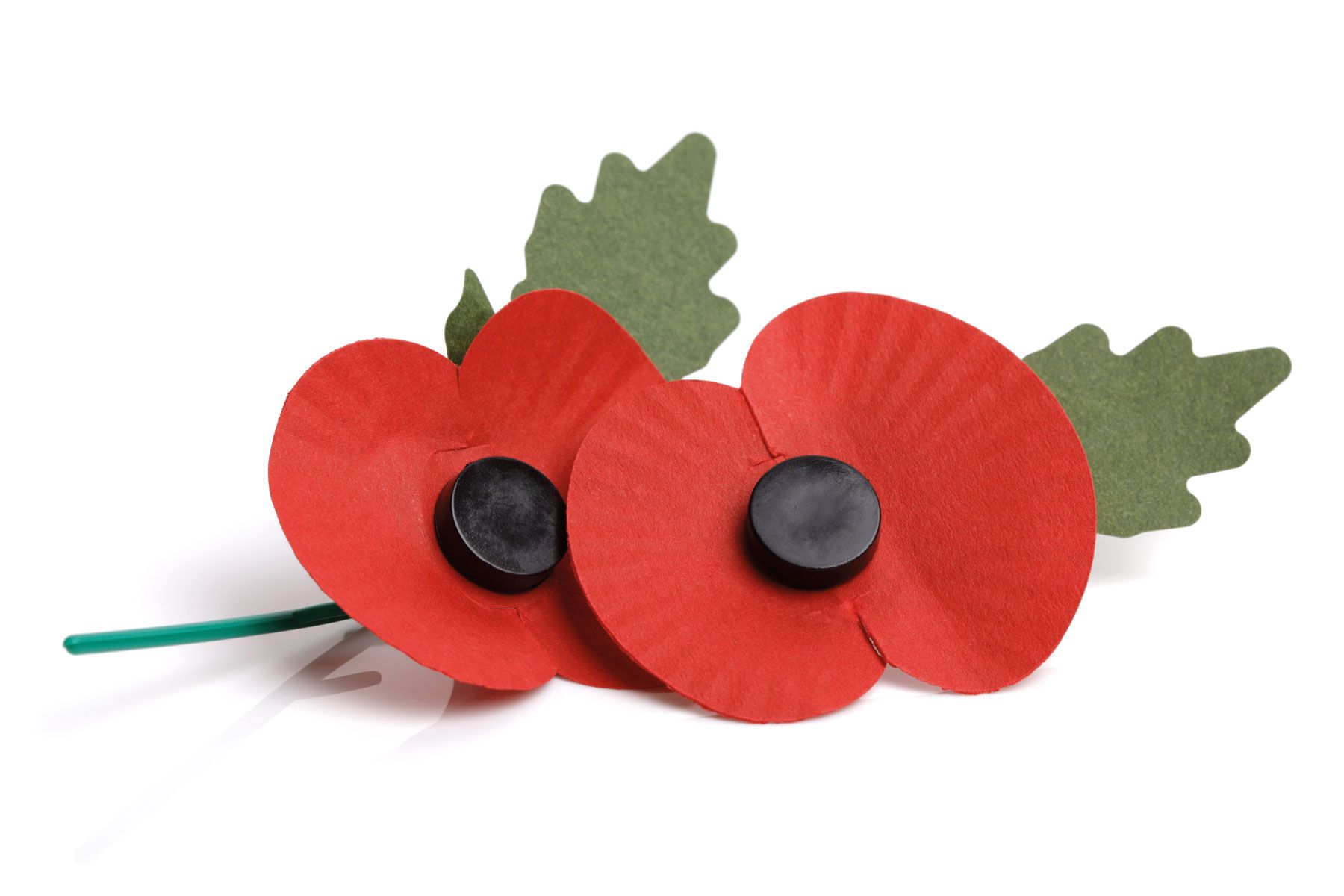
All Rights Reserved | BNTVA Museum CIC no. 15389981

